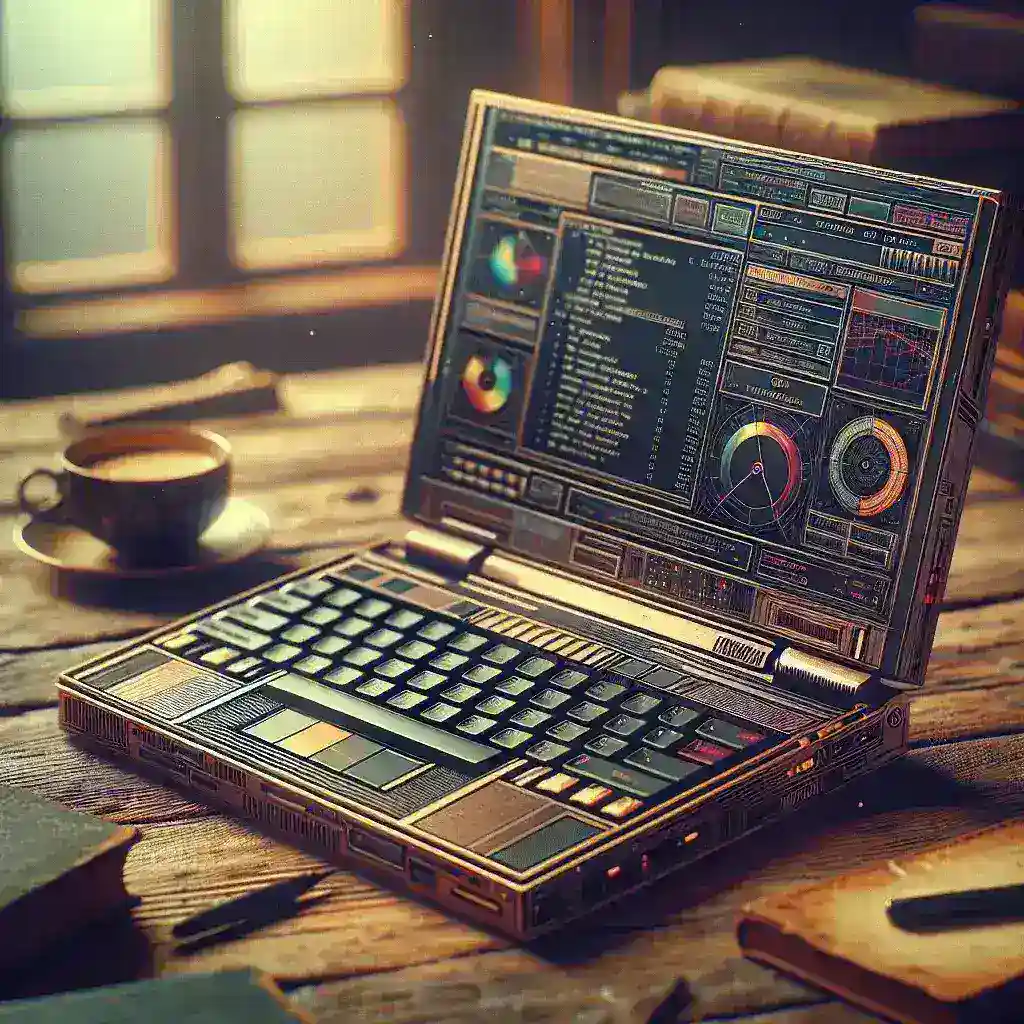Introduction
The evolution of laptops and notebooks has been a remarkable journey, showcasing how technology adapts to human needs. Among the many innovations that shaped the way we interact with these devices, the introduction of palm rests and touch input stands out. This article delves into the history of these features, their significance in enhancing user experience, and their implications for the future of portable computing.
Historical Context of Notebooks
The rise of notebooks in the late 20th century transformed the landscape of personal computing. Initially, laptops were bulky, heavy, and often had minimal user-friendly features. The focus was primarily on portability and basic functionality. However, as users began to rely more on laptops for extended periods, the need for comfort and ease of use became apparent.
The Birth of Palm Rests
One of the earliest improvements made to enhance user comfort was the introduction of palm rests. These were designed to provide a comfortable area for users to rest their palms while typing, reducing strain and enhancing ergonomics. The early iterations of palm rests were often simple, flat surfaces made of plastic or rubber.
Impact on User Experience
The addition of palm rests significantly improved the typing experience. Users could type for longer durations without the discomfort that often accompanies prolonged usage. This was particularly beneficial for professionals who relied on notebooks for work-related tasks, such as writers, programmers, and business executives.
Design Evolutions
As laptop design evolved, so did the palm rest. Manufacturers began to incorporate materials that not only improved comfort but also enhanced aesthetics. Soft-touch finishes, padded rests, and integrated palm rests became standard features in many high-end models.
The Advent of Touch Input
Alongside palm rests, the introduction of touch input transformed how users interacted with their devices. Initially, touch input was limited to stylus-based systems; however, as technology advanced, touchscreens became more prevalent in notebooks.
The Evolution of Touch Technology
Early touch technology in laptops was rudimentary. Most systems used resistive touchscreens, which required pressure to register input. With advancements in capacitive touch technology, users were able to engage with their devices more naturally, using finger gestures for navigation.
Pros and Cons of Touch Input
While touch input offered numerous advantages, such as intuitive navigation and multi-touch capabilities, it was not without drawbacks. Some users preferred tactile feedback from physical keys, and touchscreens often led to fingerprints and smudges on the display.
Real-World Examples
Several early notebooks exemplified the integration of palm rests and touch input. For instance, the Apple PowerBook series, released in the 1990s, featured a comfortable palm rest and innovative touchpad technology, setting a standard for future designs.
Cultural Relevance
As society became increasingly digital, the need for efficient and comfortable computing devices grew. The evolution of palm rests and touch input was not just a technological advancement; it reflected a shift in culture and work habits. Laptops began to be seen as essential tools for creativity and productivity.
Statistics on User Satisfaction
Surveys conducted among laptop users have shown a significant increase in satisfaction rates with the introduction of ergonomic features like palm rests and responsive touch input. According to a study by the Ergonomics Society, over 70% of users reported reduced discomfort when using laptops equipped with these features.
Future Predictions
Looking ahead, the integration of palm rests and touch input is likely to evolve even further. With advancements in haptic feedback technology, users may soon experience tactile sensations on touchscreens that simulate the feel of physical buttons. Additionally, the growing trend towards 2-in-1 devices will continue to blur the lines between laptops and tablets, prompting more innovative designs that cater to user comfort.
Conclusion
The introduction of palm rests and touch input in early notebooks marked a pivotal moment in the evolution of portable computing. As these features continue to advance, they play a crucial role in enhancing user experience and comfort. The journey of notebooks is far from over, and as technology progresses, we can anticipate even more exciting developments that will shape how we interact with our devices.



